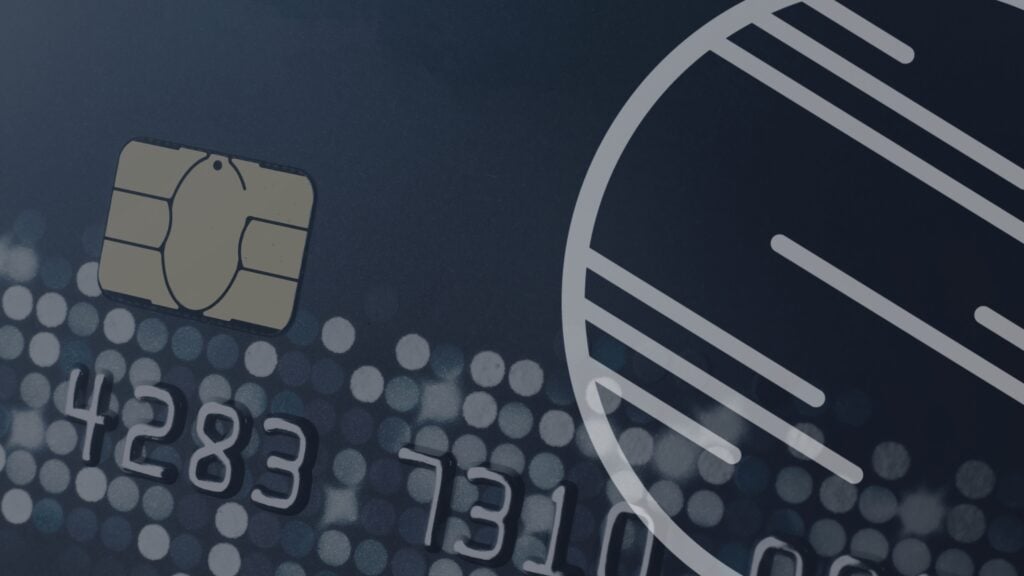Understanding the AoC in the Sector of PCI Compliance

Organizations should view a gap analysis as a checkup of sorts, providing a detailed preview of what aspects of their PCI framework need to be improved before committing to the rigor of a PCI assessment. By conducting a gap analysis, organizations can identify and rectify potential compliance gaps and ensure a robust security posture that can help them save time and money throughout the PCI assessment process.
The Role of the RoC in Achieving PCI Compliance

Organizations should view a gap analysis as a checkup of sorts, providing a detailed preview of what aspects of their PCI framework need to be improved before committing to the rigor of a PCI assessment. By conducting a gap analysis, organizations can identify and rectify potential compliance gaps and ensure a robust security posture that can help them save time and money throughout the PCI assessment process.
Understanding PCI DSS Pen Testing Requirements – Five FAQs

Organizations should view a gap analysis as a checkup of sorts, providing a detailed preview of what aspects of their PCI framework need to be improved before committing to the rigor of a PCI assessment. By conducting a gap analysis, organizations can identify and rectify potential compliance gaps and ensure a robust security posture that can help them save time and money throughout the PCI assessment process.
Decoding Colorado’s Groundbreaking AI Legislation

Organizations should view a gap analysis as a checkup of sorts, providing a detailed preview of what aspects of their PCI framework need to be improved before committing to the rigor of a PCI assessment. By conducting a gap analysis, organizations can identify and rectify potential compliance gaps and ensure a robust security posture that can help them save time and money throughout the PCI assessment process.
Ensure FDA CFR 21 Part 11 Compliance with Expert Audits

Protect your organization with Drummond’s comprehensive CFR 21 Part 11 compliance audits. Our expert auditors ensure your electronic records meet FDA standards, safeguarding your compliance and reputation.
How To Conduct an Effective PCI Gap Analysis

Organizations should view a gap analysis as a checkup of sorts, providing a detailed preview of what aspects of their PCI framework need to be improved before committing to the rigor of a PCI assessment. By conducting a gap analysis, organizations can identify and rectify potential compliance gaps and ensure a robust security posture that can help them save time and money throughout the PCI assessment process.
What to Consider When Choosing a PCI Qualified Security Assessor (QSA)

PCI compliance is not a one-time task; it’s an ongoing commitment that requires copious knowledge on the intricate and dynamic topic of cybersecurity. Herein lies the importance of a Qualified Security Assessor (QSA). A QSA serves as a PCI guide, entrusted with evaluating and ensuring adherence to PCI compliance so that your organization’s focus and attention can remain fixed on its business goals.
The Critical Role of Proactive Threat Identification in Healthcare Security

The healthcare technology industry is facing an increasingly complex array of cybersecurity threats. Protecting sensitive health information has become an all-consuming requirement driven by the rise in cyber threats and stringent regulatory requirements. For EHR developers and their users, implementing comprehensive risk assessments and proactive threat identification strategies is essential to ensure the integrity and security of patient data.
Embracing Healthcare’s Digital Transformation with FHIRplace

The insights shared in this blog originate from a ViVE presentation by John Valutkevich, Director of Programs at Drummond, where he explored the complex state of app development and integration within the FHIR marketplace. What follows is a summary of his case study, capturing the analysis and perspectives discussed during the presentation:.
